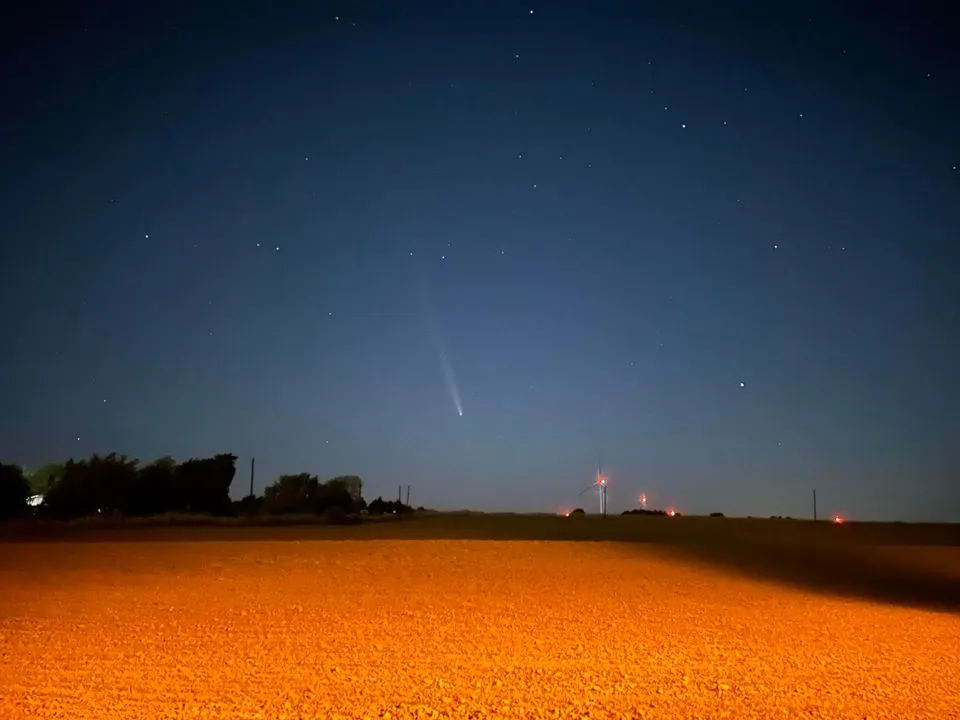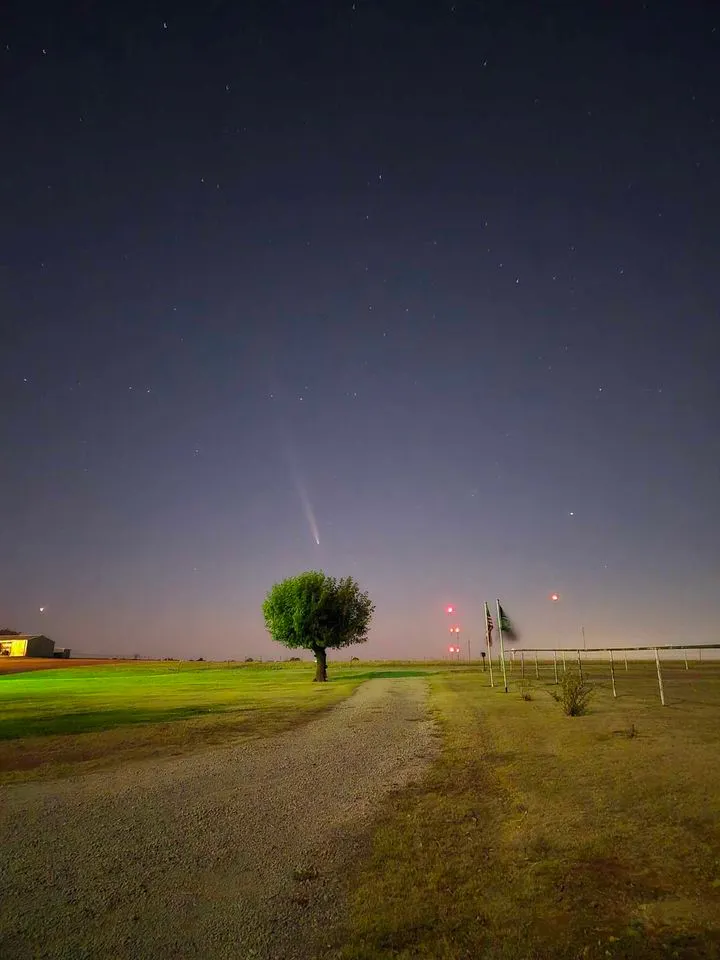Rare Comet Visible To The Naked Eye In Oklahoma, Here's Where To Look
Comet Tsuchinshan-ATLAS has an 80,000-year orbit, and it just so happens that it is now approaching its closest pass to Earth.Wednesday, October 16th 2024, 11:01 am
It isn't often that we get the chance to see a comet with the naked eye. But, in a year filled with so many astronomical treats, it looks like we can add a comet to the list.
Comet C/2023 A3 making the closest pass to Earth
Comet Tsuchinshan-ATLAS has an 80,000-year orbit, and it just so happens that it is now approaching its closest pass to Earth. On Wednesday, the comet made its closest approach to our sun, and on Saturday, October 12, at 11:39 a.m., it will be just 43,911,824 miles from Earth (its closest pass). At that time, the comet's tail will essentially point right at Earth. However, in the following days, the tail will pivot eastward, dramatically changing viewing from night to night.
The comet is massive in size and length. Its head currently measures a whopping two miles in diameter. The tail, largely comprised of tiny pieces of ice and dust, is believed to be as long as 18 million miles.
What time is the comet visible?
The comet will be visible in the western sky just after sunset until October 26.
Each successive night until then, the comet will be about 3 degrees higher in the sky and it will set about 16 minutes later.
By Saturday, October 19, the comet will have risen to about 30 degrees (3 fists) above the horizon and will set nearly three and a half hours later. It will lose some brightness each night, though, slowly fading and becoming increasingly difficult to see with the naked eye.
Viewer Pictures
Many Oklahomans have seen the comet and have sent pictures to News 9.
 Image Provided By: Kamrynn Gravitt
Image Provided By: Kamrynn Gravitt
 Image Provided By: Hanna Glass
Image Provided By: Hanna Glass
 Image Provided By: Tammy Maxwell- Perry, OK
Image Provided By: Tammy Maxwell- Perry, OK
 Image Provided By: Sarah Brooke Howry
Image Provided By: Sarah Brooke Howry
 Image Provided By: Marci Vannoster- Cherryvale, KANSAS
Image Provided By: Marci Vannoster- Cherryvale, KANSAS
More Like This
October 16th, 2024
May 8th, 2025
May 8th, 2025
Top Headlines
May 8th, 2025
May 8th, 2025








